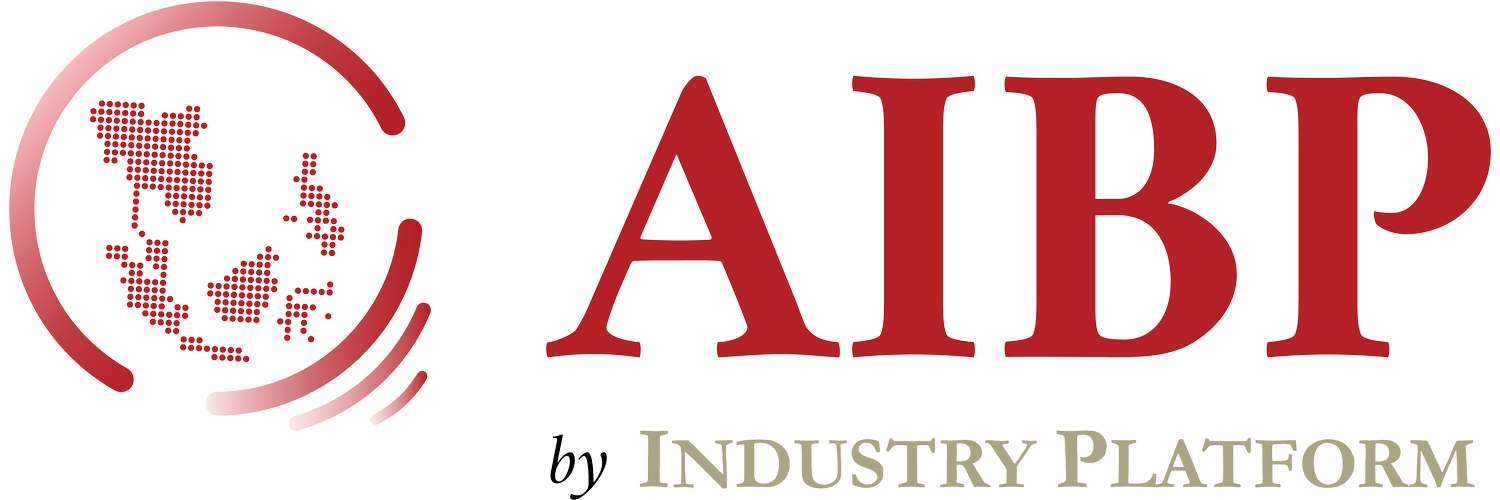Humanising Insurance for Tangible Returns in Thailand’s AI-Driven Landscape
Despite heavy investment in AI and digital transformation, Thailand’s insurance sector faces a stubborn gap: technology alone does not guarantee trust, loyalty or growth. The toughest questions about culture, strategy and execution remain largely unaddressed. As Simon Phipps, Founder of The Digital Insurer put it during our recent workshop, “If you don’t have the appetite to be disruptive, you’re the one hindering progress.”
To address this, we must focus on three core pillars:
Culture: Foster a growth mindset, invest in upskilling and embed a digital/data-driven culture at all levels.
Strategy: Prioritise data-driven decisions, modernise core systems and put customers at the center of every initiative.
Execution: Adopt agile delivery, set clear KPIs and ensure management excellence.
Culture: Many employees still believe digital transformation is unnecessary, often because past initiatives failed to deliver visible results or because communication has not addressed their real fears. Change must start with tough, honest conversations - especially between HR, managers and teams. Employees trust their immediate managers most, so managers must become champions of change, not just messengers. Upskilling and continuous learning are essential: without them, even the best AI tools will fall flat.
Strategy: Insurers rightly ask, “What is the ROI of insurance innovation?” The answer lies in embracing data-driven decision-making and revisiting outdated strategies. Modernising core systems through bi-modal IT and embedding customer-centric operating models are critical priorities. According to recent AIBP data, 41.1% of Thai insurers now rank legacy IT infrastructure and systems as their top digital transformation focus, a significant shift from just five years ago.
Execution: The industry’s biggest pitfall is endless discussion with little action. There is no infinite budget for transformation. The best performers deploy agile, iterative delivery models, set robust KPIs and demand excellent management at every level. As one insurance leader noted, “Too much talk, not enough results.” The call is clear: focus on what matters and measure what you do.
Building a Scalable and Flexible Foundation for Sustainable AI
A common challenge, as shared by K. Supannee Amnajmongkol, Country Manager, Red Hat Thailand, is the traditional mindset of existing employees and rigid procurement processes that hinder the adoption of new technologies like cloud. In her project with the CIO of a major bank's CIO, their goal is to transform current employees into organisational talent, acknowledging the difficulty in acquiring new, external tech-savvy individuals.
To address this, the approach has been to start with execution, integrating existing staff with new technologies in a comfortable and practical manner. This involves on-site residency programs where Red Hat personnel collaborate directly with customer teams to develop products. A crucial element is defining clear Return on Investment (ROI) and ensuring business involvement from the outset to secure essential support.
Surprisingly, despite initial expectations of employee resistance, successful projects have led to a shift in perspective. Instead of reverting to old ways, organisations are choosing to retain these newly upskilled teams and assign them to new product development. This iterative approach has seen projects expand from initial pilot phases to subsequent, broader implementations. The ultimate vision is to establish a "center of excellence" – a central hub for adapting to new technologies, whether it's new channel designs, mobile banking, or future innovations.
This demonstrates that the perceived barrier of a talent shortage can be overcome by investing in existing employees and fostering a supportive culture with strong management backing. This not only ensures the success of individual projects but also allows for scalable and pervasive adoption of new technologies across the organisation, moving beyond isolated initiatives to a more integrated and adaptable future.
Government and Ecosystem: Enabling Innovation
Robust government support is also fueling Thailand’s digital leap. Recent reforms have simplified regulations and increased funding for AI and digital transformation, especially in insurance and healthcare. However, the talent shortage remains acute and public-private partnerships are critical to bridging this gap.
Finally, ask the hard questions. Have tough conversations. If you’re not ready to disrupt yourself, someone else will. As the Thai insurance landscape evolves, only those who humanise their digital transformation balancing technology with empathy, and strategy with execution will deliver tangible, sustainable returns. We will be continuing this important conversation at our annual AIBP Conference & Exhibition on 16th and 17th July 2025. If you or your colleagues would like to engage further on humanising insurance in Thailand’s AI-driven landscape, please feel free to reach out. We welcome your participation and look forward to collaborative discussions that drive meaningful impact.

